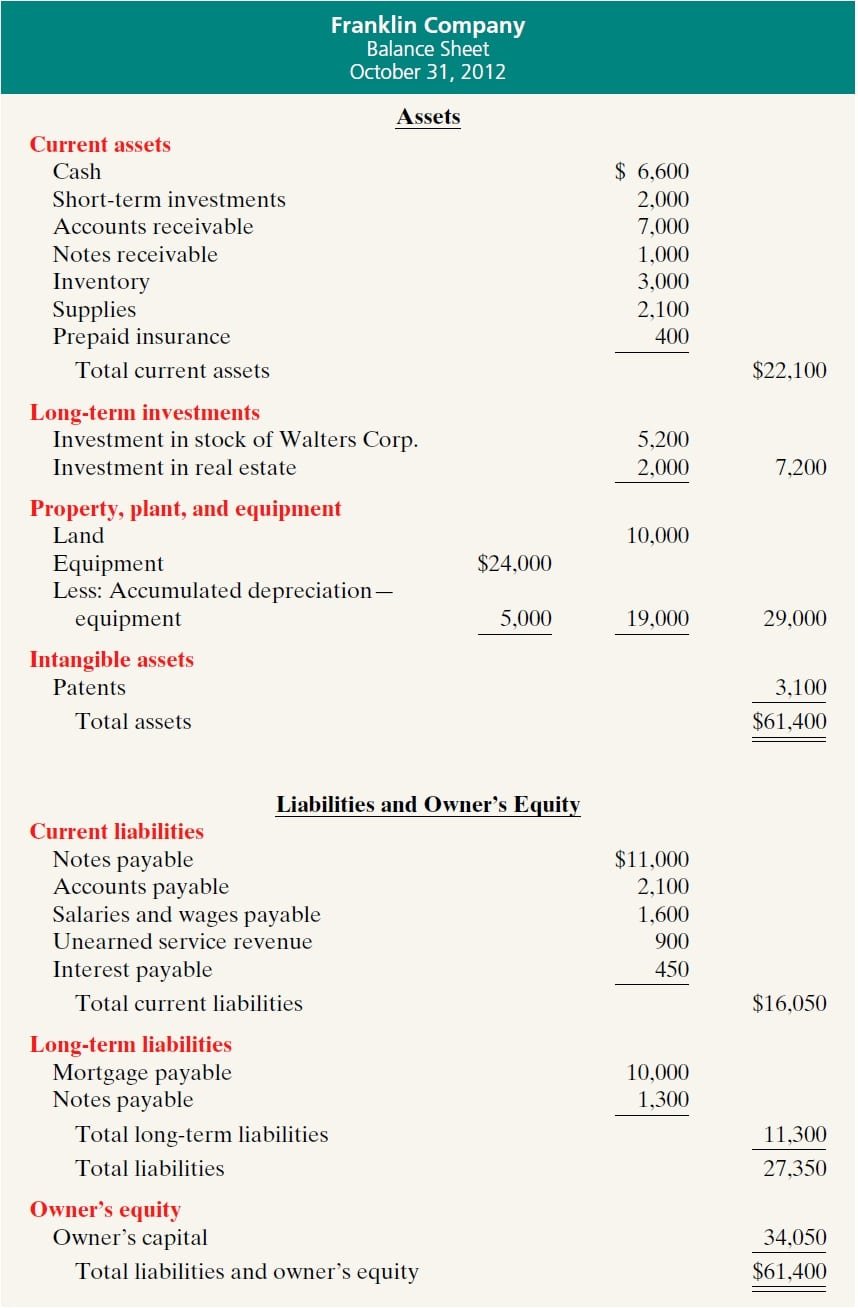Bookkeeping
Is Common Stock an Asset or Liability on a Balance Sheet? The Motley Fool

In order to find the amount of common stock in circulation, you can look for the common stock on balance sheet publications. In conclusion, this blog has discussed how to calculate common stock on balance sheet. Calculating common stock on a balance sheet is a fundamental task that provides insight into a company’s ownership structure and financial health.
Common Stock and Stockholder Equity
It cannot give a sense of the trends playing out over a longer period on its own. For this reason, the balance sheet should be compared with those of previous periods. From there, scroll down until you find the section in the 10-Q or 10-K called “Capital Stock.” All the details you need will be there. You’ll also see the various other stock categories, so don’t let that confuse you. One possible point of confusion we still need to mention is stock given to employees as compensation, typically in some combination of restricted stock, options, or equity grants. Assets are resources that a company owns or controls that have the potential to generate future economic benefits.
Accounting for common stock issues
A company may do this to raise capital for business expansion, debt repayment, or to invest in new projects. Preferred stocks are less dilutive of company ownership since they do not come with voting rights. They offer the issuing firm other benefits, not least because being less volatile makes them appeal to different investors. The fixed dividends also stabilize the company’s balance sheet, making it more attractive to additional investors. Another reason is that, for some companies, the cost of issuing preferred stock is lower than issuing bonds.
How to Calculate Shareholders Equity
However, some states allow corporations to issue shares with no par value. If a state requires a par value, the value of common stock is usually an insignificant amount that was required by state laws many years ago. If the common stock has a par value, then whenever a share of stock is issued the par value is recorded in a separate stockholders’ equity account in the general ledger. Any proceeds that exceed the par value are credited to another stockholders’ equity account. This required accounting (discussed later) means that you can determine the number of issued shares by dividing the balance in the par value account by the par value per share. The book value of common stock represents the total amount of equity that shareholders have in the company.
Basics of Reporting Common Stock on Balance Sheets
Learn financial statement modeling, DCF, M&A, LBO, Comps and Excel shortcuts. The excess value paid by the purchaser of the shares above the par value can be found in the “Additional Paid-In Capital (APIC)” line item. However, the issuance price of equity typically exceeds the par value, often by a substantial margin. It is necessary to understand the advantages in the various features of common stock. Thus, from the above details, we can understand the various valuation of common stock. Founded in 1993, The Motley Fool is a financial services company dedicated to making the world smarter, happier, and richer.
How To Use Common Stock Calculations To Make Investment Decisions
- HBS Online’s CORe and CLIMB programs require the completion of a brief application.
- On a company’s balance sheet, common stock is recorded in the “stockholders’ equity” section.
- Under a hypothetical liquidation scenario in which all liabilities are cleared off its books, the residual value that remains reflects the concept of shareholders equity.
- Shares of common stock allow investors to share in a company’s success over time, which is why they can make great long-term investments.
- Common stockholders may run the risk of losing their entire equity in a company because they are paid out last, after bondholders and preferred stockholders.
However, preferred stock owners are assured of fixed dividends as long as they are stockholders. Another important distinction between the two types of stock relates to what happens when a company is liquidated. In the investor hierarchy, preferred stockholders are paid out first before self-employed 2021 common stockholders when a company goes bust. A company’s balance sheet reflects its financial position for a specific period, usually over the course of a fiscal quarter or year. A balance sheet is divided into the three main accounts of assets, liabilities and stockholder’s equity.
Large-cap stocks are more frequently traded and usually represent well-established, stable companies. In contrast, small-cap stocks often belong to newer, growth-oriented firms and tend to be more volatile. Common and preferred stock both let investors own a stake in a business, but there are key differences that investors need to understand. Larger U.S.-based stocks are traded on a public exchange, such as the New York Stock Exchange (NYSE) or Nasdaq. As of mid-2024, the Nasadaq had some 3,377 listings but the NYSE the largest in the world by market cap.

In the equity section of a balance sheet, common stock shows the amount of money that holders of common stock have invested in the company. It includes the basic investment (par value) plus any extra (additional paid-in capital). This section helps everyone see how much of the company’s value comes from its owners’ investments. Each slice represents a share owned by investors, called common stockholders. Owning a slice means owning a part of the company, including rights to vote and earn dividends. Let us take an arbitrary example of company A to find out how to calculate the number of outstanding shares of the company.
